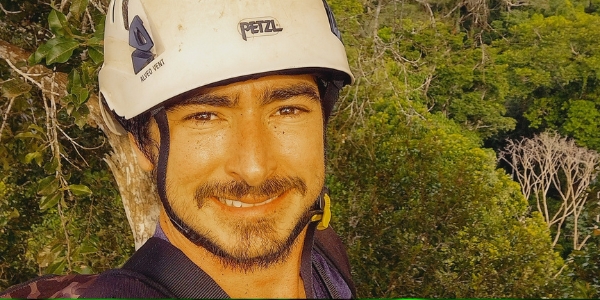Long-drought experiment bad news for plants and climate change
Europe and many other parts of the world are currently grappling with extreme drought and that could be bad news for efforts to curb climate change, concludes a new global study of how shrubs and grasses respond to parched conditions.
Grasslands and shrublands cover more than 40% of Earth's terra firma, and they remove hefty amounts of carbon dioxide from the air. But by deliberately blocking precipitation from falling at 100 research sites around the world, researchers found that a single year of drought can reduce the growth of vegetation by more than 80%, greatly diminishing its ability to absorb carbon dioxide. Overall, plant growth in the artificially drought-stricken grassy patches fell by 36%, far more than earlier estimates. But the study, presented last week at the annual meeting of the Ecological Society of America in Montreal, also found great variability: Vegetation at 20% of the sites continued to thrive despite the lack of water.
A decade ago, with droughts forecast to become more frequent and severe in a warming world, three ecologists"€”Melinda Smith of Colorado State University; Osvaldo Sala of Arizona State University, Tempe; and Richard Phillips from the University of Indiana, Bloomington"€”grew frustrated with their field's inability to come up with consistent results about how dry weather affects plant productivity, particularly in grasslands and shrublands. So, they and their colleagues hammered out a standardized procedure for creating artificial droughts in the field and put out a call for researchers willing to participate in what they dubbed the International Drought Experiment (IDE).
Each team agreed to re-create the conditions of the worst drought documented in their region over the

preceding century. Most blocked precipitation by mounting plastic roofing slats over 1-meter squares of ground; the slats were spaced according to how much rain, sleet, or snow needed to be diverted. On average, the roofed plots received less than half of their typical precipitation.
Each team tallied the kinds and numbers of plants in the covered areas, as well as in similar plots left open for comparison. After a year of treatment, the researchers surveyed the plants again and harvested, dried, and weighed all of the aboveground plant material in the roofed and open plots.
Last week, the researchers reported initial results from 100 shrubby and grassy sites. At some, such as plots of shortgrass prairie in Colorado, there was "catastrophic loss," reported Kate Wilkins, a grassland ecologist now at the Denver Zoo who worked with Smith. Plant productivity in the water-starved area declined by 88%. "What surprised me was just how dead it was," Wilkins said.
Many researchers have continued to monitor their plots, with some planning to collect data for four or more years, in part to simulate prolonged droughts. The additional data could help climate modelers sharpen estimates of how much less carbon is absorbed by shrub- and grasslands in a drought, says Sarah Evans, an ecologist at Michigan State University's W.K. Kellogg Biological Station. IDE results could also help ecologists forecast which ecosystems are most at risk during dry spells, as well as broader ecological ripple effects. Less plant matter can mean less food for grazing animals such as rodents and for their predators, Evans notes. "The health of many ecosystems and their biodiversity relies on plant production," she says.
Read the full story in Science.



